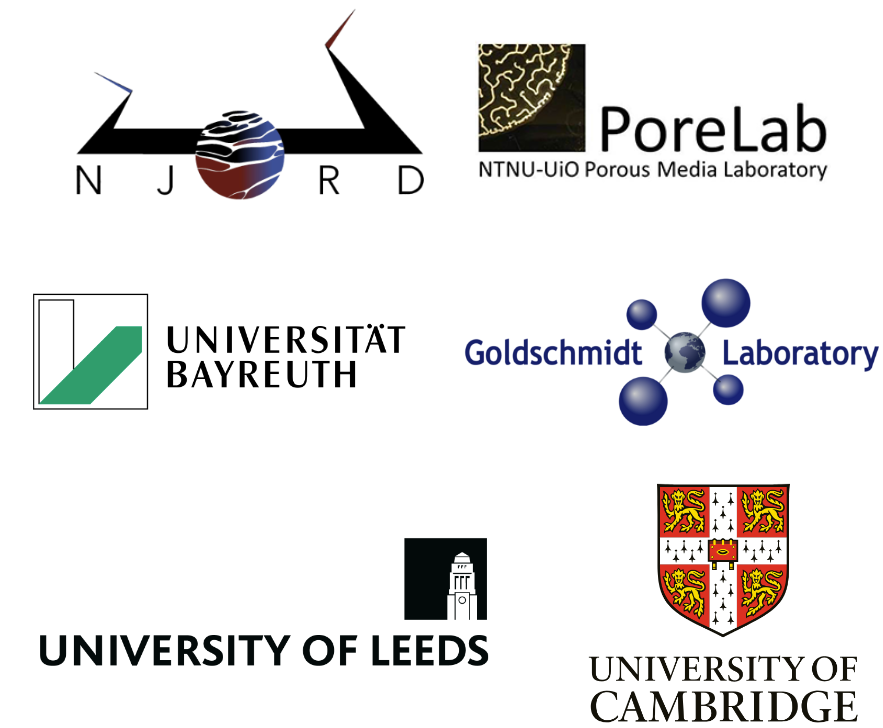About the project
Earthquake initiation within the deep crust requires very high stresses, which are not expected elsewhere in the Earth’s crust. This requirement contrasts with the current models of continental lithospheric deformation, which typically favour a distributed flow of weak viscous lower crust. Such flow would limit the capability of rocks to build up the high stresses necessary for seismic brittle failure. Several mechanisms have been proposed to generate these unusually high stresses, but direct measurements are lacking.
Objectives
The project CONTINENT is funded by the Research Council of Norway for four years, starting in August 2023. Its main goal is understanding the state of stress of seismogenic faults in the lower crust. We propose to achieve this goal using high-angular resolution electron backscatter diffraction (HR-EBSD) coupled to numerical models of stress distribution in lower-crustal fault systems. We will use HR-EBSD to measure the residual stress retained in mineral grains that experienced seismic deformation in single-rupture seismogenic faults exhumed from the lower crust. The faults are exposed in Lofoten (Figure 1) and in the Western Gneiss Region, Norway, and contain pseudotachylytes, which are quenched frictional melt produced during seismic slip. We will use the HR-EBSD measurements to inform numerical models of stress distributions in lower-crustal seismogenic fault networks.
Furthermore, we aim to identify the mechanisms controlling the cyclical switches from aseismic to seismic behaviour in lower-crustal shear zones. We suspect that such switches reflect progressive hardening of the shear zones, and we will test this hypothesis by combining nanoindentation experiments with modelling of low-temperature plasticity and dislocation interactions in mineral grains subjected to stress variations.
The HR-EBSD analysis will be done at the Goldschmidt Laboratory, the Norwegian national infrastructure for the advanced characterization of Earth materials, hosted by the Department of Geosciences at UiO. The nanoindentation experiments will be conducted at the Friction Lab run by Njord.
Background
We have recently demonstrated that microstructures can preserve a record of progressively higher stresses approaching a seismogenic fault (1). Furthermore, our nanoindentation experiments demonstrate that the strength of quartz in the low-temperature plasticity regime is independent of the intracrystalline H2O content of quartz grains, and rather depends on the density of dislocation sources (2). CONTINENT will complement and expand these initial results with new high-resolution analyses, numerical models, and mechanical tests.
- Campbell, L.R., Menegon, L., 2022. High stress deformation and short-term thermal pulse preserved in pyroxene microstructures from exhumed lower crustal seismogenic faults (Lofoten, Norway). Journal of Geophysical Research: Solid Earth, 127, e2021JB023616. https://doi.org/10.1029/2021JB023616
- Ceccato, A., Menegon, L., Hansen, L.N., 2022. Strength of dry and wet quartz in the low-temperature plasticity regime: insights from nanoindentation. Geophysical Research Letters 49, e2021GL094633. https://doi.org/10.1029/2021GL094633
Financing
The Research Council of Norway (FRIPRO)
Cooperation
- The Njord Centre, University of Oslo, Norway
- University of Bayreuth, Germany
- University of Leeds, UK
- University of Cambridge, UK
